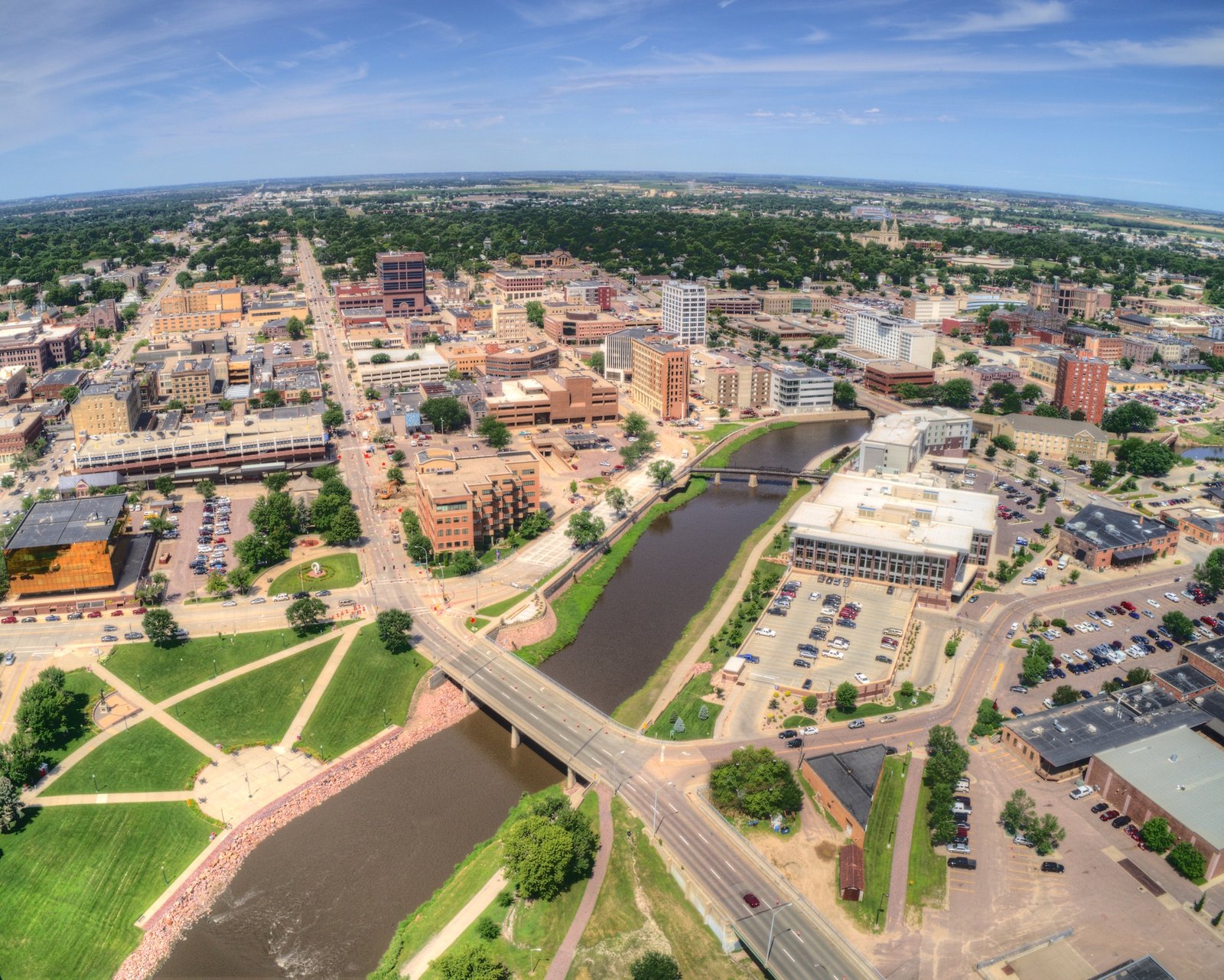Understanding the economic landscape of cities across the United States reveals varying degrees of employment challenges and opportunities. The unemployment rate, a crucial metric estimating the percentage of people aged 16 and older who are unemployed and actively seeking work, provides insights into the health of the economy. It reflects upon factors such as labor force participation, economic pressures, and technological innovation.
Let’s delve into the cities with the lowest employment rates, shedding light on the economic conditions and factors contributing to their workforce dynamics. All data has been taken from the U.S. Bureau of Labour Statistics.
Ames, IA

Ames benefits from a diverse economic base including education, healthcare, and technology sectors. The presence of Iowa State University contributes to research and innovation, creating job opportunities and attracting skilled workers to the area. Additionally, the stability of these industries ensures a consistent demand for labor, resulting in a low unemployment rate. The estimated population of Ames is 125,156, with a significant portion being young people living in the town. This youthful population contributes to the city’s dynamic workforce, fostering innovation and entrepreneurship.
Unemployment rate: 1.9%
Burlington-South Burlington, VT

Burlington-South Burlington’s low unemployment rate can be attributed to a combination of factors. The region’s healthcare sector is robust, providing steady employment opportunities. Moreover, Burlington’s vibrant tourism industry, fueled by its scenic landscapes and cultural attractions, creates seasonal employment opportunities, further bolstering the job market.
The metro had a gross metropolitan product (GMP) of $8.38 billion in 2004, contributing 38.2% of the total for the state. The city’s commitment to sustainability and green initiatives also attracts environmentally-conscious businesses, enhancing job opportunities in renewable energy and conservation sectors.
Unemployment rate: 2.0%
Nashville-Davidson–Murfreesboro–Franklin, TN

Nashville’s diverse economy, encompassing healthcare, publishing, banking, automotive and technology sectors, contributes to its low unemployment rate. The city’s status as a healthcare hub, with numerous hospitals and healthcare facilities, ensures a steady demand for healthcare professionals.
Additionally, Nashville ‘s strategic location along major transportation routes enhances its appeal to logistics companies, creating additional job opportunities. The city’s thriving arts and entertainment scene also play a significant role in job creation, attracting talent from across the country to support its vibrant cultural institutions.
Unemployment rate: 2.2%
Gainesville, GA

Gainesville benefits from a diverse economic landscape, with manufacturing, retail trade, construction, management of companies & enterprises, professional, scientific, & technical Services, and Finance & Insurance sectors driving employment growth. The presence of major manufacturing companies and healthcare facilities provides a stable foundation for the job market.The city’s proximity to Atlanta also offers residents access to a wider range of job opportunities, especially in the technology and corporate sectors.
Unemployment rate: 2.3%
Madison, WI

Madison’s low unemployment rate is supported by its strong healthcare sector, anchored by the University of Wisconsin Hospital and Clinics. The city’s thriving technology sector, fueled by the presence of tech startups and established companies, creates additional job opportunities. Madison’s reputation as a college town also attracts young professionals, contributing to its vibrant job market. The city’s commitment to sustainability and green initiatives also attracts environmentally-conscious businesses, enhancing job opportunities in renewable energy and conservation sectors.
Unemployment rate: 2.3%
Hattiesburg, MS

Hattiesburg’s stable job market can be attributed to its diverse economic base, which includes healthcare & social assistance, education, and manufacturing sectors. The highest paying industries in Hattiesburg are mining, quarrying, oil & gas extraction, forestry, fishing & hunting.
The presence of major healthcare providers and educational institutions creates a steady demand for skilled workers. Additionally, Hattiesburg’s location along major transportation routes enhances its appeal to logistics companies, further supporting employment growth. The city’s strong sense of community and affordable cost of living also contribute to its attractiveness for job seekers, fostering a loyal and dedicated workforce.
Unemployment rate: 2.4%
Iowa City, IA

Iowa City’s low unemployment rate is driven by its strong healthcare sector and vibrant academic environment. The University of Iowa Hospitals and Clinics, along with other healthcare facilities, provide a steady demand for healthcare professionals. The presence of the University of Iowa also contributes to research and innovation, creating job opportunities in technology and other fields.
Unemployment rate: 2.4%
Jackson, MS 
Image Credit: Deposit Photos
Jackson benefits from a diverse economy that includes healthcare, retail trade, manufacturing, and professional services sectors. The presence of major healthcare providers and manufacturing companies provides a stable foundation for the job market. Additionally, Jackson’s status as the capital of Mississippi attracts government-related jobs, further supporting employment growth.
Unemployment rate: 2.4%
Miami-Fort Lauderdale-West Palm Beach, FL

Miami’s low unemployment rate is driven by its diverse economy, which includes tourism, technology, and finance sectors. The city’s vibrant tourism industry, fueled by its beaches and cultural attractions, creates seasonal employment opportunities. Additionally, Miami’s growing tech sector and status as an international financial hub attract talent and drive job growth in related industries.
Unemployment rate: 2.5%
Sheboygan, WI

Sheboygan’s low unemployment rate can be attributed to its strong manufacturing base and healthcare sector. The presence of major manufacturing companies provides a steady demand for skilled workers. Additionally, Sheboygan’s location along Lake Michigan enhances its appeal to tourists, creating seasonal employment opportunities in the tourism industry.
Unemployment rate: 2.5%
Sioux Falls, SD

Sioux Falls benefits from a diverse economy that includes healthcare, finance, and manufacturing sectors. The presence of major healthcare providers and financial institutions provides a stable foundation for the job market. Additionally, Sioux Falls’ central location and business-friendly environment attract businesses and entrepreneurs, driving job growth in various industries.
Unemployment rate: 2.5%
California-Lexington Park, MD

California-Lexington Park’s low unemployment rate is supported by its strong defense industry and healthcare sector. The presence of major defense contractors provides a steady demand for skilled workers. Additionally, the region’s proximity to Washington, D.C., and its scenic coastal location attract talent and drive job growth in related industries.
Unemployment rate: 2.6%


